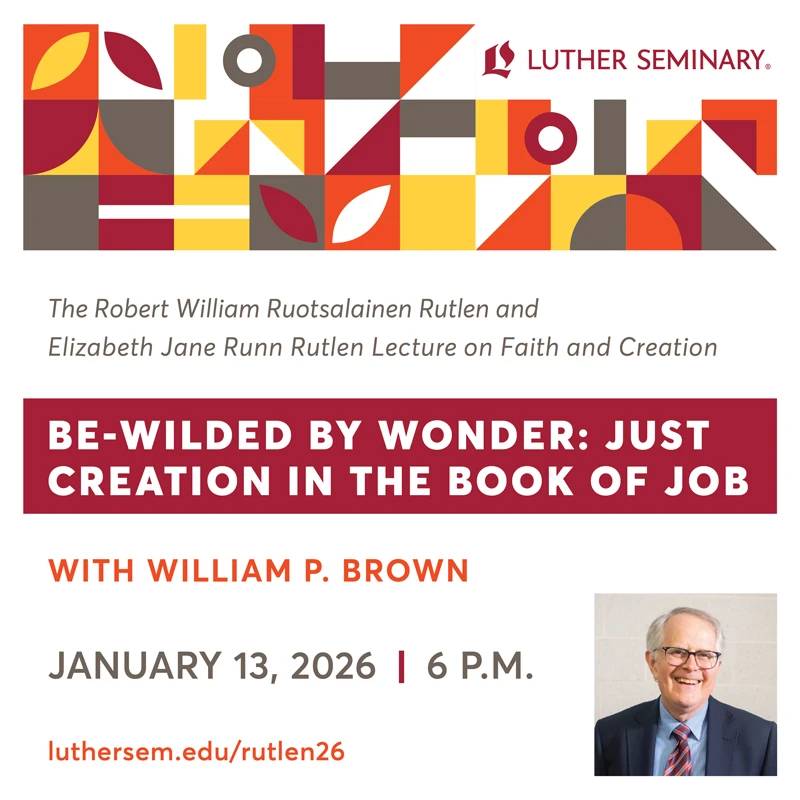SUMMARY
This passage offers the genealogyGenealogy involves the study and tracing of families through the generations—in short, family history. One genealogy in Genesis traces the nations descended from Noah. In the New Testament Matthew traces the ancestry of Jesus back to Abraham, while Jesus' genealogy in the Gospel of Luke... More of DavidSecond king of Israel, David united the northern and southern kingdoms. More. The list begins with “Israel” (i.e., JacobThe son of Isaac and Rebekah, renamed Israel, became the father of the twelve tribal families. More) and ends with “David”—thereby presenting the paradigmatic king of Chronicles as the apex of Israel’s history prior to the construction of the first TempleThe Jerusalem temple, unlike the tabernacle, was a permanent structure, although (like the tabernacle) it was a place of worship and religious activity. On one occasion Jesus felt such activity was unacceptable and, as reported in all four Gospels, drove from the temple those engaged... More.
ANALYSIS
The genealogy relies on multiple connections to earlier biblical narratives. These intertextual links show that the Chronicler expected that the reader would be familiar with the preceding history of Israel, including specific knowledge of the biblical texts on which the genealogy is based.
- “Now Er, Judah’s firstborn, was wicked in the sight of the Lord, and he put him to death” (1 Chronicles 2:3) is a nearly verbatim Hebrew reproduction of Genesis 38:7.
- “Achar, the troubler of Israel, who transgressed in the matter of the devoted thing” (1 Chronicles 2:7) is a reference to “Achan son of Carmi” who kept things devoted to God for himself after the battle of Jericho (JoshuaThe successor of Moses, Joshua led the Israelites into Canaan. More 7:1, 18). Though the difference between “Achar” in 1 Chronicles and “Achan” in Joshua (only a slight difference in similar final Hebrew letters) may look like a scribal “error,” it more likely reflects the Chronicler’s effort to align the personal name with the Hebrew verb meaning “to stir up trouble” (achar). The NRSVUE’s reference to Achar as the one “who “transgressed”—rather than the more accurate translation of the “one who stirred up trouble” (‘ocher)—obscures the Chronicler’s wordplay.
- The Chronicler notes that “Ram became the father of Amminadab, and Amminadab became the father of Nahshon, prince of the sons of JudahJudah was the name of Jacob's fourth son and one of the 12 tribes. More” (1 Chronicles 2:10). Nahshon the son of Amminadab appears throughout the Old Testament (cf. Exodus 6:23; Numbers 1:7; 2:3; 7:12, 17; 10:14; RuthThe great-grandmother of David. More 4:20) as well as in the New Testament genealogies of JesusJesus is the Messiah whose life, death, and resurrection are God's saving act for humanity. More (cf. MatthewA tax collector who became one of Jesus' 12 disciples. More 1:4; LukeThe "beloved physician" and companion of Paul. More 3:32-33). In later Jewish tradition, this same figure is said to have jumped into the Red Sea as an act of faith in God’s ability to split the waters (see Babylonian TalmudThe Talmud is one of the most important texts of Judaism. More, Sotah 37a). The Chronicler’s awareness of laudatory Jewish traditions about Nahshon may be an impetus for the appellation “the prince of the sons of Judah.”

